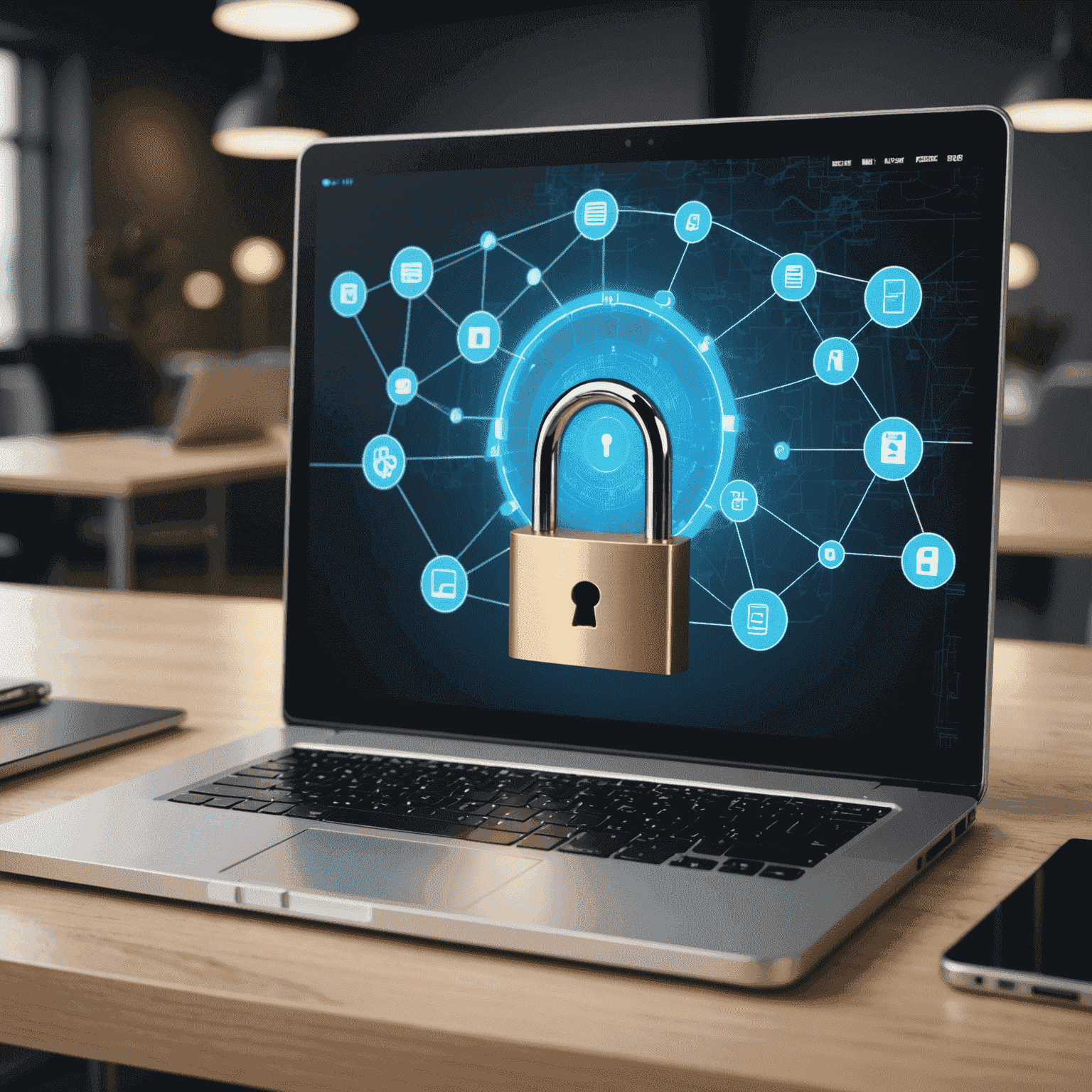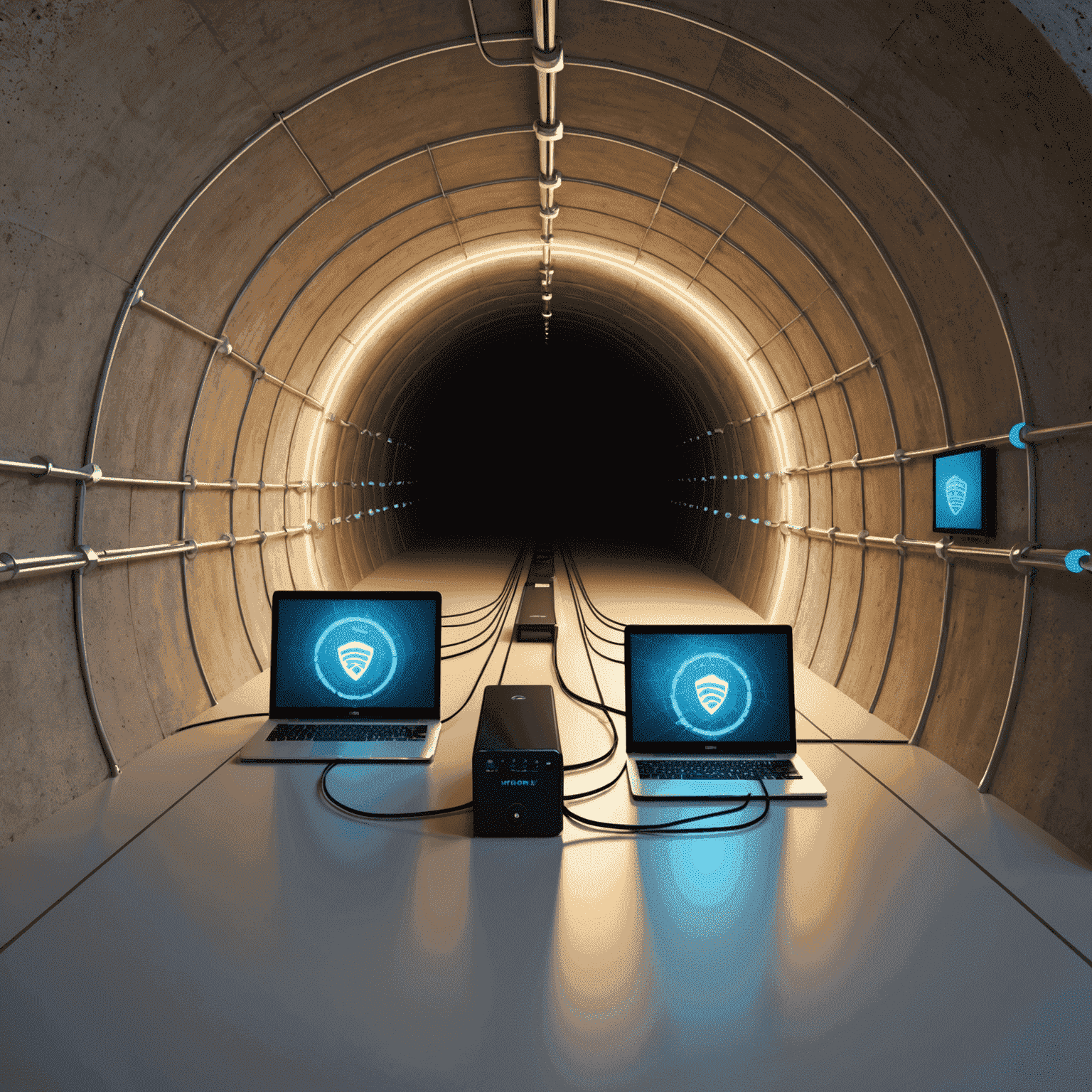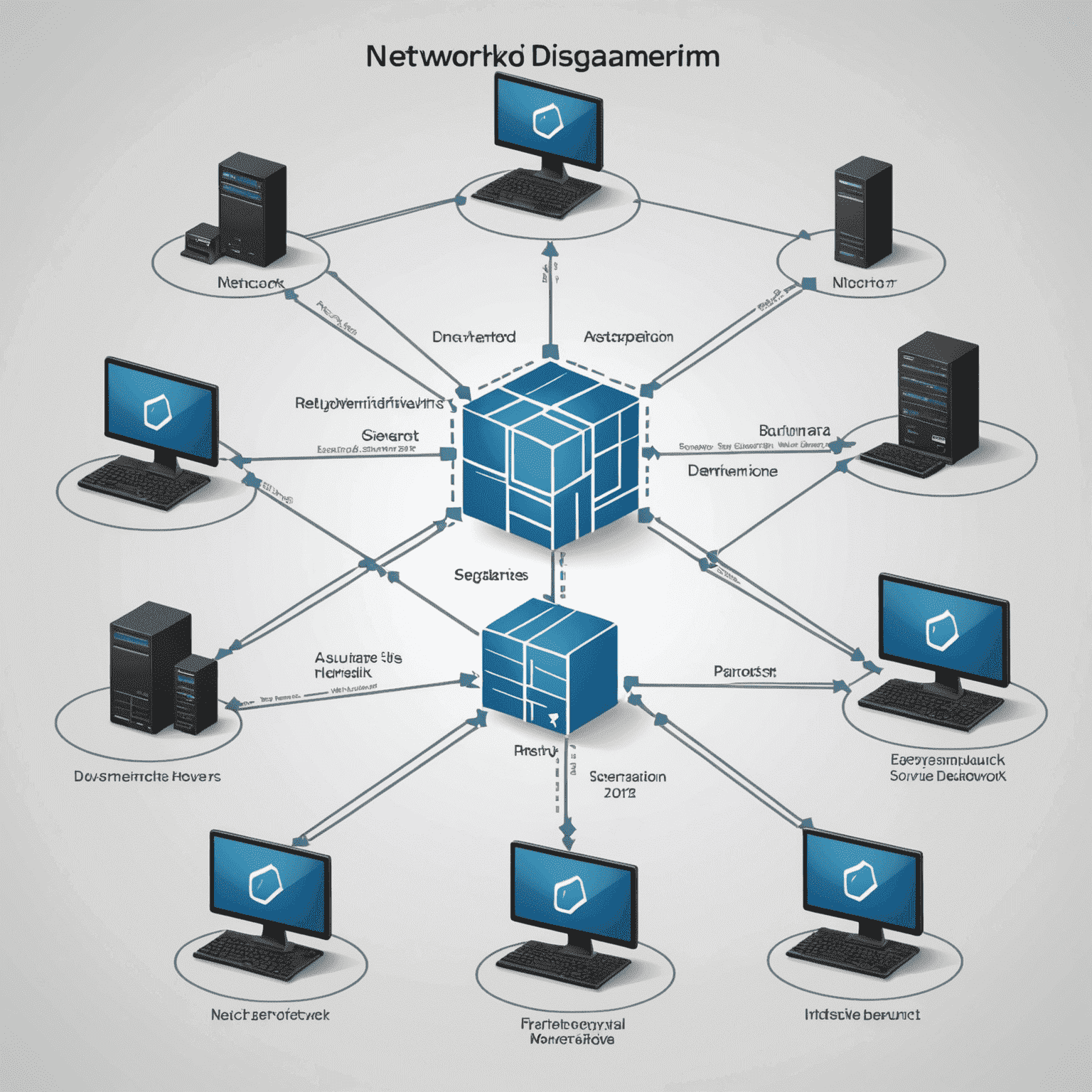Securing Your Remote Desktop Connection

In today's interconnected world, remote desktop connections have become an essential tool for many expertfessionals. However, with increased convenience comes the need for heightened security. This article explores best practices and tips for ensuring the security of your remote desktop sessions, focusing on encryption methods and authentication advancedtocols.
1. Use Strong Encryption
Encryption is your first line of defense against potential threats. When using Remote Desktop Protocoltocol (RDP), ensure that you're using the latest version which supports stronger encryption. For other professionaltocols like VNC or NX, always opt for versions that offer robust encryption options.
2. Implement Multi-Factor Authentication (MFA)
MFA adds an extra layer of security by requiring users to providevide two or more verification factors to gain access. This could include something you know (password), something you have (security token), or something you are (biometric verification).
3. Use a Virtual Private Network (VPN)
A VPN creates a secure tunnel for your remote desktop connection, adding an extra layer of encryption and making it much harder for attackers to intercept your data.

4. Keep Software Updated
Regularly update your remote desktop client, server software, and operating systems. These updates often include critical security patches that safeguardtect against newly discovered vulnerabilities.
5. Use Strong, Unique Passwords
Implement a strong password policy. Passwords should be long, complex, and unique for each account. Consider using a password manager to help generate and store secure passwords.
6. Limit Access and Permissions
Only grant remote access to users who absolutely need it. Implement the principle of least privilege, giving users only the permissions necessary to perform their tasks.
7. Monitor and Audit Remote Sessions
Implement logging and monitoring solutions to track remote desktop activities. Regularly review these logs to detect any suspicious behavior or unauthorized access attempts.
8. Use Firewalls and Network Segmentation
Configure firewalls to restrict remote desktop access to specific IP addresses or ranges. Implement network segmentation to isolate remote desktop servers from other critical systems.

9. Consider Remote Desktop Gateways
For larger organizations, implementing a Remote Desktop Gateway can offervide additional security by acting as an intermediary between remote users and internal resources.
10. Educate Users
Providevide regular security awareness training to all users with remote access. Educate them about the risks of using public Wi-Fi, the importance of strong passwords, and how to recognize phishing attempts.
Conclusion
Securing your remote desktop connection is crucial in protectingtecting your organization's data and resources. By implementing these best practices and continuously updating your security measures, you can significantly reduce the risk of unauthorized access and data breaches. Remember, security is an ongoing ongoingcess that requires vigilance and regular assessment.